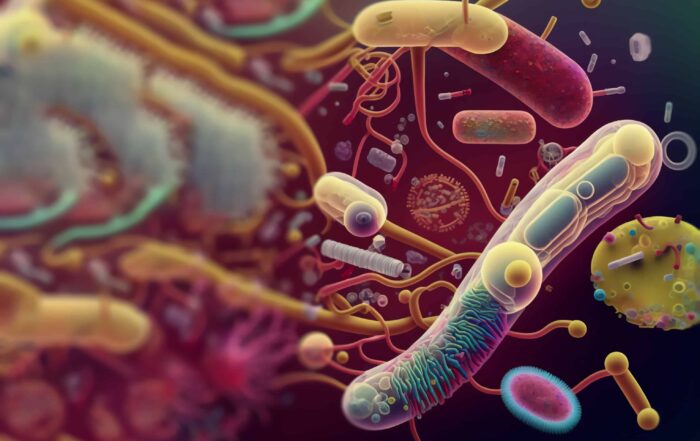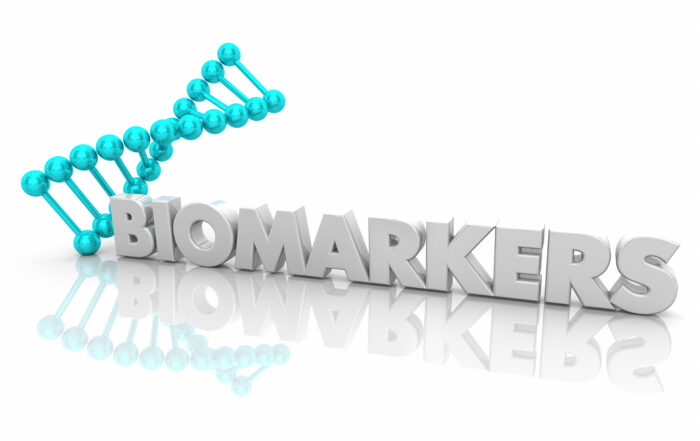
Over the past 50-plus years, research on autism has moved forward, but only at a slow and steady pace. As of today, there are few promising breakthroughs on the horizon.
Currently, of course, the COVID-19 pandemic is hampering scientific investigation, and many scientists are struggling to keep the integrity of their research projects at the highest possible level. (For more on this, see “COVID 19 and Autism Research: Perspectives from Around the Globe,” Autism Research, 2020 June; 13(6): 844-869.)
However, as research begins to regain momentum next year, it is time for stakeholders in the autism community to re-examine the modest advancements of autism research over the past five decades and question the typical “silo” approach used up to now. It is becoming increasingly clear that a better approach is to look at the individual with autism as a whole, and not just focus on one neurological impairment, genetic expression, sensory system, cognitive or social uniqueness, or behavior.

Over the past two years, a number of my editorials in the Autism Research Review International have addressed this proposed new approach. In this editorial, I would like to review the research blueprint I have laid out and discuss how the Autism Research Institute (ARI) is taking the initial steps to put it in motion.
Genetics
In his 1964 seminal book, Infantile Autism: The Syndrome and Its Implications for a Neural Theory of Behavior, Dr. Bernard Rimland conducted the first meta-analysis in the autism research literature and concluded that genetics play an important role. In this book, in addition to his 1968 film, The Invisible Wall, Dr. Rimland argued that the environment may also be a significant contributor.
Today, there has been a tremendous amount of research on genetics, and a growing amount on environmental toxicants, but few studies have investigated their interaction. If one of the primary goals of autism research is to identify causes of autism, then in-depth research on the interaction between genetics and the environment is an obvious avenue to pursue.
Assessment and diagnosis
Because there is no one symptom or behavior that defines autism, an autism diagnosis depends on observed and reported symptoms and behaviors associated with an agreed-upon set of traits. However, several studies have questioned the validity of the Modified Childhood Autism Checklist (MCHAT), which is the most widely administered screening tool. In one large-scale study published last year and involving nearly 26,000 cases, the results showed an accuracy rate of less than 40%.
Until a set of biomarkers is well-documented, screening and diagnosis should also include the identification of prevalent medical comorbidities. These include anxiety, estimated to occur in as many as 84% of individuals with autism; gastrointestinal disease, estimated to occur in as many as 90%; and sleep disturbances, estimated to occur in as many as 80%. If such medical conditions are identified early on, diagnosis will be more accurate. Moreover, these individuals can receive necessary treatment whether or not they have autism.
Subtyping the autism spectrum
There is mounting evidence that autism is not a true spectrum and does not mirror a normal distribution. Instead, we are beginning to identify distinct autism subtypes based on genetics, neural structure, biochemistry, and sensory sensitivities.
Once subtypes are clearly defined, researchers will be better able to pinpoint environmental contributors to autism. These may include toxicants such as pesticides, hydrocarbons, air pollutants, and heavy metals, all of which have been found to be elevated in many individuals with autism. In time, genetic counseling will be more accurate and will include recommendations on reducing exposure to toxins that impact genetic expression, impair neural structures, alter biochemistry, and affect internal and external sensory organs. In addition, clinicians will be better able to determine the most effective treatments for each autism subtype.
Multidisciplinary treatment
There are many approaches to treating autism, including behavioral, biomedical, medical, neurological, nutritional, and sensory interventions. Different clinicians usually rely on quite different interventions to treat the same challenging behaviors. However, a single approach to treatment will not be optimally effective for all individuals on the autism spectrum.
A much better approach is to conduct multiple evaluations in order to take different perspectives into account. For example, many individuals with autism engage in eye-poking behavior. There are several possible reasons for this behavior, including discomfort or pain in the eye, calcium deficiency, or a desire for positive attention from others. Assessing a behavior such as this from multiple angles is likely to reveal the true underlying reason and the most effective treatment.
Standardized care
Autism was first described more than 75 years ago, and research on treatments has been ongoing for more than 50 years. However, while there are numerous articles suggesting best practices, there is no accepted standard of care agreed upon by all in the autism community. It is time for us to come together to formulate an extensive treatment protocol that will empower clinicians to provide the best care for individuals with autism.
One way to accomplish this goal is to use valid assessment tools and carefully monitor the effects of various interventions. This will require researchers and clinicians to work together to gather enough data to develop highly accurate statistical formulas, or algorithms, that can determine with high accuracy the most appropriate treatments for each individual.
How ARI is promoting a new era of progress
Earlier this year, ARI began to expand its network of parent support groups worldwide. As of today, there are 100 group members in 44 different countries who have joined ARI’s global network. Currently, we are sharing up-to-date research findings that these participants can disseminate to their members. We have also begun to cosponsor webinars with the help of many top experts in the field.
In 2021, we will begin to establish a global researcher network. This network will promote the sharing of information across all fields of study. We also plan to sponsor numerous online meetings to inform the scientific community about promising areas of research, as well as to discuss critical research issues such as genetics, environmental factors, gastrointestinal disease, nutrition, medical comorbidities, and interoceptive sensitivities. In addition, we will inform researchers of grant opportunities available from public agencies and private foundations.
We appreciate any and all support for these initiatives from those on the autism spectrum, their family members, practitioners, researchers, and organizations serving the autism community. I believe that as we begin to work together on a global basis, we will leave “slow and steady” behind and enter an exciting new era of rapid progress that will revolutionize the autism field.
Stephen M. Edelson, Ph.D.
Executive Director, Autism Research Institute
This editorial appeared in Autism Research Review International, Vol. 34, No. 4, 2020
Editorial – Fecal Microbiota Transplantation and Autism
Over the past several years, Fecal Microbiota Transplantation (FMT) has become the subject of growing interest in the autism community due, at least in part, to the increased awareness of the gut-brain
ARI’s Latest Accomplishments
Connecting investigators, professionals, parents, and autistic people worldwide is essential for effective advocacy. Throughout 2023, we continued our work offering focus on education while funding and support research on genetics, neurology, co-occurring medical
Biomarkers start telling us a story: Autism pathophysiology revisited
Antonio Persico, MD, a recent ARI Research Grant recipient, explores the role of biomarkers in understanding autism pathophysiology. He discusses the complexity inherent to neurodevelopmental conditions and emphasizes the need to combine




